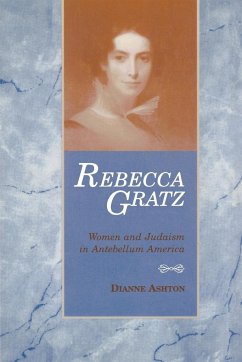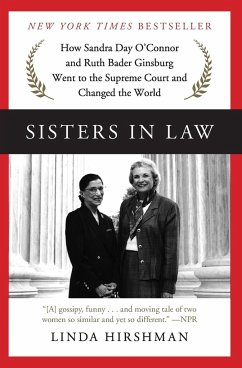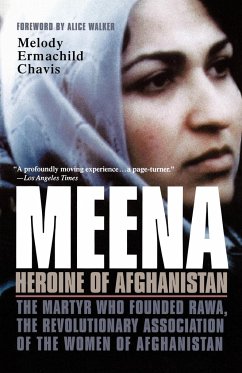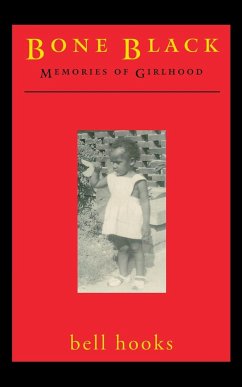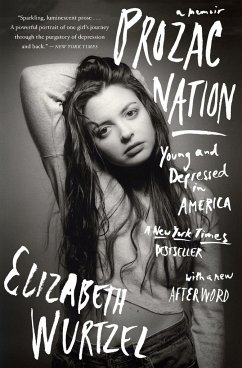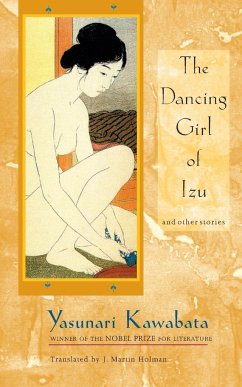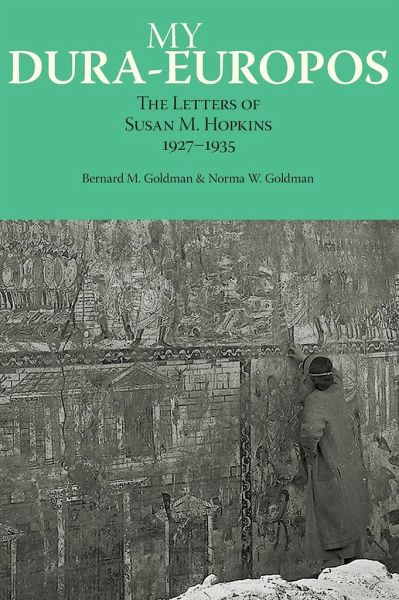
My Dura-Europos
The Letters of Susan M. Hopkins, 1927-1935
Versandkostenfrei!
Versandfertig in 1-2 Wochen
67,99 €
inkl. MwSt.

PAYBACK Punkte
34 °P sammeln!
Dura-Europos, founded by the Greeks in 300 BCE, became a remote outpost of the Roman Empire in western Asia until it was finally destroyed by a Persian army in the third century CE. It lay buried until it was rediscovered by British troops in the aftermath of World War I, at which time its intact religious sites, military equipment, tombs, and wall decorations were all excavated. In My Dura-Europos: The Letters of Susan M. Hopkins, 1927-1935, authors Bernard M. Goldman and Norma W. Goldman collect and contextualize the correspondence of Susan Hopkins, who accompanied her husband, Clark Hopkins...
Dura-Europos, founded by the Greeks in 300 BCE, became a remote outpost of the Roman Empire in western Asia until it was finally destroyed by a Persian army in the third century CE. It lay buried until it was rediscovered by British troops in the aftermath of World War I, at which time its intact religious sites, military equipment, tombs, and wall decorations were all excavated. In My Dura-Europos: The Letters of Susan M. Hopkins, 1927-1935, authors Bernard M. Goldman and Norma W. Goldman collect and contextualize the correspondence of Susan Hopkins, who accompanied her husband, Clark Hopkins, to the archaeological dig at Dura-Europos, which was one of the most significant of the twentieth century. From a very personal female viewpoint, My Dura-Europos describes life at the remote excavation from the first season in 1928, when Susan and Clark were neophyte archaeologists, to 1935 when the project concluded. Susan writes of cataloging the finds, mending pottery, and acting as epigrapher by translating the inscriptions and dating the coins. In addition to these roles, Susan was assigned responsibility for organizing many of the day-to-day aspects of life in the camp, and later letters even describe her life as a mother in 1933-35, when she brought her young daughter along to the excavations. Susan's lively, personal letters are organized and annotated by Bernard Goldman, whose deep knowledge of the sites and general history of archaeology and the region allows for a vivid and helpful commentary. After Bernard Goldman's death, his wife, Norma Goldman, completed the manuscript and added over two hundred rare illustrations of the site and the archaeologists involved. Readers interested in archaeology and the history of the classical world will enjoy this fascinating inside look at life on the Dura-Europos site.





